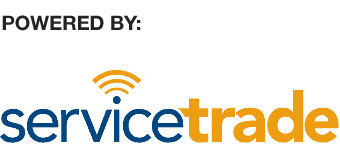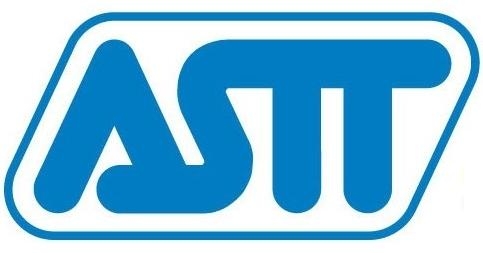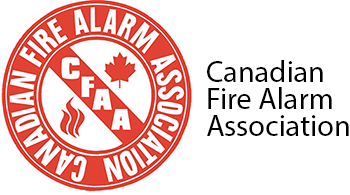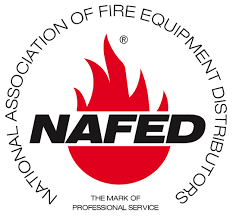Ready for Anything: Training Your Employees on Safety and Emergency Preparedness
November 17, 2015
But this overarching seminar or book-based training cannot substitute for on-the-job safety training. Even people who work desk jobs or in other less dangerous workplaces need safety and emergency preparedness training.
Although workplace hazards vary from office to office, every place of business should be prepared for emergencies. They’re seldom expected, but they require quick thinking. When an emergency takes place, it’s too late to make a plan – you need to put an existing plan into action.
Make sure everyone at your job feels safe at work. Use these tips to prepare yourself and your co-workers for any emergency or safety issue:
1. Make an Emergency Plan.
Every office, warehouse, or other workplace should have a general plan for what to do in the event of an emergency. This plan should include guidelines for:
- Who will act as crisis manager in the event of an emergency
- Who will be the back-up crisis manager
- When and how to evacuate
- Where to meet
- How you’ll determine if everyone is safe
- How you’ll communicate during and after an emergency
- How you’ll back up important records that may be lost
- What other businesses you want to coordinate/communicate with, if any
- When and how often you’ll update this plan
If you are a manager, review your company’s existing plan – it may be outdated. You may need to create a plan from scratch if your company doesn’t have one. If you aren’t aware of your company’s emergency plan, ask your supervisor or manager about it.
Once you have a plan in place, train all employees on this plan. Review this information regularly with employees, about every 3 to 6 months. At this review (or sometime after it if you want to test employees), stage an evacuation to make sure employees understand the plan and that it works as intended.
2. Stock Your First Aid Kit.
Whether your workplace is a commercial fishing boat, a hospital, an office, or a restaurant, the possibility always exists that someone could get injured on the job. Managers and executives should take care to make workspaces as safe as possible. Similarly, all employees are responsible for preventing workplace injuries as much as possible. Even so, you should make emergency first aid supplies available, just in case.
A basic first aid kit contains:
- Bandages in varying sizes
- Gauze pads, also in varying sizes
- First aid tape
- Antibiotic cream
- Antiseptic towelettes
- Burn cream
- A sling or triangular bandage
- Vinyl gloves
- A trauma pad (to stop severe bleeding)
- A first aid guide book
If your workplace carries the possibility of more severe injuries, you’ll want a more well-stocked first aid kit. Keep the supplies listed above on-hand in greater quantities than you would for an office. Then supplement the basic kit with the following:
- Resuscitation equipment
- Splints for arms and legs
- An emergency blanket
If your workplace is normally dangerous, consider sending several employees to first aid training. This training could save a life, especially if you work in an out-of-the-way place where it takes longer for first responders to arrive on scene.
3. Collect Emergency Contact Information.
Sometimes unforeseen health problems or emergencies take place at work. If one happens to you or a co-worker, you’ll want to contact that person’s family, close friend, or another trusted person right away. Sometimes the person involved cannot communicate to you who you should contact.
Prepare for this circumstance by collecting emergency contact information from each employee. This includes who to contact, a phone number or other method of reaching that person, and a back-up contact. Some employees may want to disclose health conditions, allergies, or medications they take as well. In the event of an emergency, this information helps medical professionals make the best decisions for that person’s health.
Keep emergency contact information in a secure but easily accessible place. Make sure a few employees know its location. Update this information as needed, and review it every 3 to 6 months to make sure nothing has changed.
4. Train Everyone on Fire Safety.
A workplace safety problem common to most businesses is fire. From flames on a restaurant grill to overloaded electrical sockets, fire hazards are all over. Consequently, every office needs at least one fire extinguisher. Make sure all employees know where it is and how to use it.
Locate your office’s fire extinguisher near an exit. This is so anyone using the extinguisher can exit if necessary. It should also be easily accessible (not in a hard-to-reach corner or behind a desk).
Here’s an easy way to remember how to use a fire extinguisher. Each letter in the word PASS stands for an action you take when using a fire extinguisher:
- Pull the pin out.
- Aim the nozzle at the base of the fire.
- Squeeze the lever to release the extinguisher’s contents.
- Sweep the extinguisher from side to side to douse the flames.
Review this information when you perform your regular safety and emergency training. You may also want to include it in new hire training or post the word “PASS” with brief instructions on the extinguisher itself.
5. Plan for Natural Hazards.
When making your workplace safety plan, consider what disasters and emergencies are most likely to impact your business. Could sudden, severe snow storms strand employees at work for several days? How would your business be impacted if you lost power? Is your business located near tornado, hurricane, or earthquake hotspots? What about forest fires, floods, or landslides?
Chances are your business isn’t likely to be impacted by most of these natural hazards, but you want to consider every eventuality so you can prepare effectively. Visit Natural Resources Canada for more information about natural hazards.
Luckily, educating employees about potential workplace safety issues often has a preventative effect. Being more aware of how and why to be safe, employees often take extra care to create a secure work environment. Although you can’t prevent every workplace emergency, you can be prepared for anything if you plan ahead and keep everyone informed.
For more safety tips, be sure to read our blog or contact our helpful staff at Nutech Safety.






